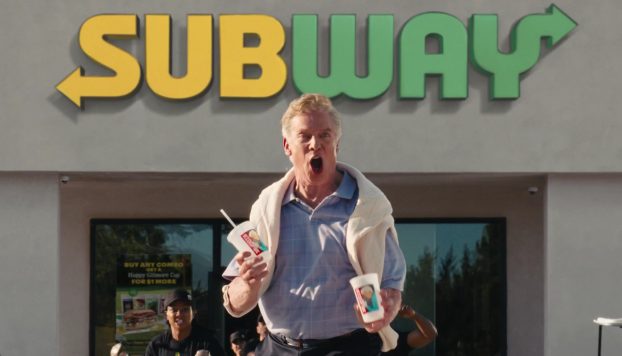PepsiCo is implementing a new strategic plan to transform its business in a way it believes will put the wellbeing of the planet and people it employs at the centre.
Referred to by the company as “pep+” (“PepsiCo positive”), the plan is organized around three “positive” pillars: positive agriculture, positive value chain and positive choices.
Positive agriculture includes sustainably sourcing 100% of its direct and third party sourced “key” ingredients, as well implementing restorative agriculture across seven million acres of fields used to grow crops and ingredients. Restorative agriculture practices rebuild organic mater and biodiversity in the soil used for farming, which have a positive impact both on carbon and water use.
The company also stated its goal to “improve the livelihoods” of over 250,000 people who work in the company’s agricultural supply chain, including empowering women, but did not offer details or goals beyond that.
Positive value chain includes being net water positive – replenishing more water than it uses – through the adoption of operational water-use-efficiency standards in over 1,000 company-owned and third-party facilities, nearly half of which are located in “high-risk” watersheds. It also plans to cut greenhouse gas emissions by 40% by 2030 and have net-zero emissions by 2040, which includes a 75% reduction in scope one and two emissions and 40% reduction in scope three emissions.
This pillar also includes packaging, with PepsiCo planning to cut virgin plastic by 50% across its global portfolio and use 50% recycled content in its plastic packaging. One way it plans to do this is by scaling businesses that avoid or minimize the use of plastics and packaging, such as the use of concentrates and powders that can be mixed at home, or platforms like SodaStream.
The company’s improvement of its value chain also includes the people who work within it. The company will make a bigger investment in skill development to help employees advance, as well as a volunteering program to help them give back to their communities. It will ensure at least 50% of management roles are filled by women, implement a global pay equity review, continue with its $570 million DEI plan and extend the principles of its supplier code of conduct to all franchisees and joint ventures.
Finally, positive choices is the most consumer-facing part of the plan. In addition to the packaging-light business models mentioned above, the company plans to expand its portfolio with new products to offer consumers more choice when it comes to decisions that benefit the health of the planet or themselves. It will use more ingredients that are either better for the planet or have more nutritional benefits, as well as reduce added sugar, sodium and saturated fats in its products. Sugars will be reduced to less than 100 calories per serving for 67% of its beverage portfolio, while 75% of its food portfolio will not exceed 1.3 mg of sodium per calorie and 1.1 g of saturated fat per 100 calories.
All of the above targets are for 2030, unless otherwise stated.
Ramon Laguarta, PepsiCo’s chairman and CEO, said the plan will “change our brands and how they win in market,” reflecting the need to answer consumer interest in the future of both the planet and society.
By way of example, he offered a bag of Lays chips, made from a sustainably grown potato from a regenerative field that’s cooked and delivered from a net-zero and net-water positive supply chain, then sold in a compostable bag with lower sodium levels than competing products.
“That’s how pep+ will be better for people, for the planet and for our business,” he said. “Now, imagine the scale and impact when applied to all 23 of our billion-dollar brands.”
PepsiCo’s new commitments come a day after fellow packaged goods giant P&G announced its own new sustainability plan. Aimed at accelerating its existing climate goals, P&G plans to reach net-zero emissions across its operations and supply chain – “from raw material to retailer,” according to the company – by 2040. The path to that goal includes reducing emissions across operations by 50% and across the supply chain by 40% by 2030, as well as using “natural climate solutions” to balance any emissions that cannot be eliminated.
The company plans to achieve that by purchasing 100% renewable energy by 2030, improving the efficiency of transporting products, utilizing ingredients made from captured CO2, using low-carbon materials and providing products and services that make using less energy and resources at home easier for consumers.
























